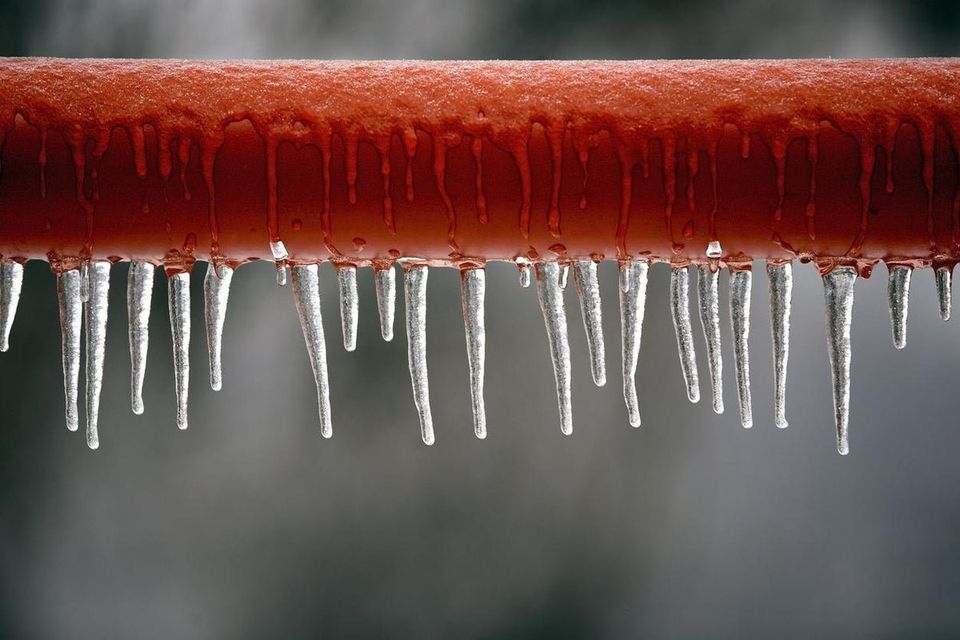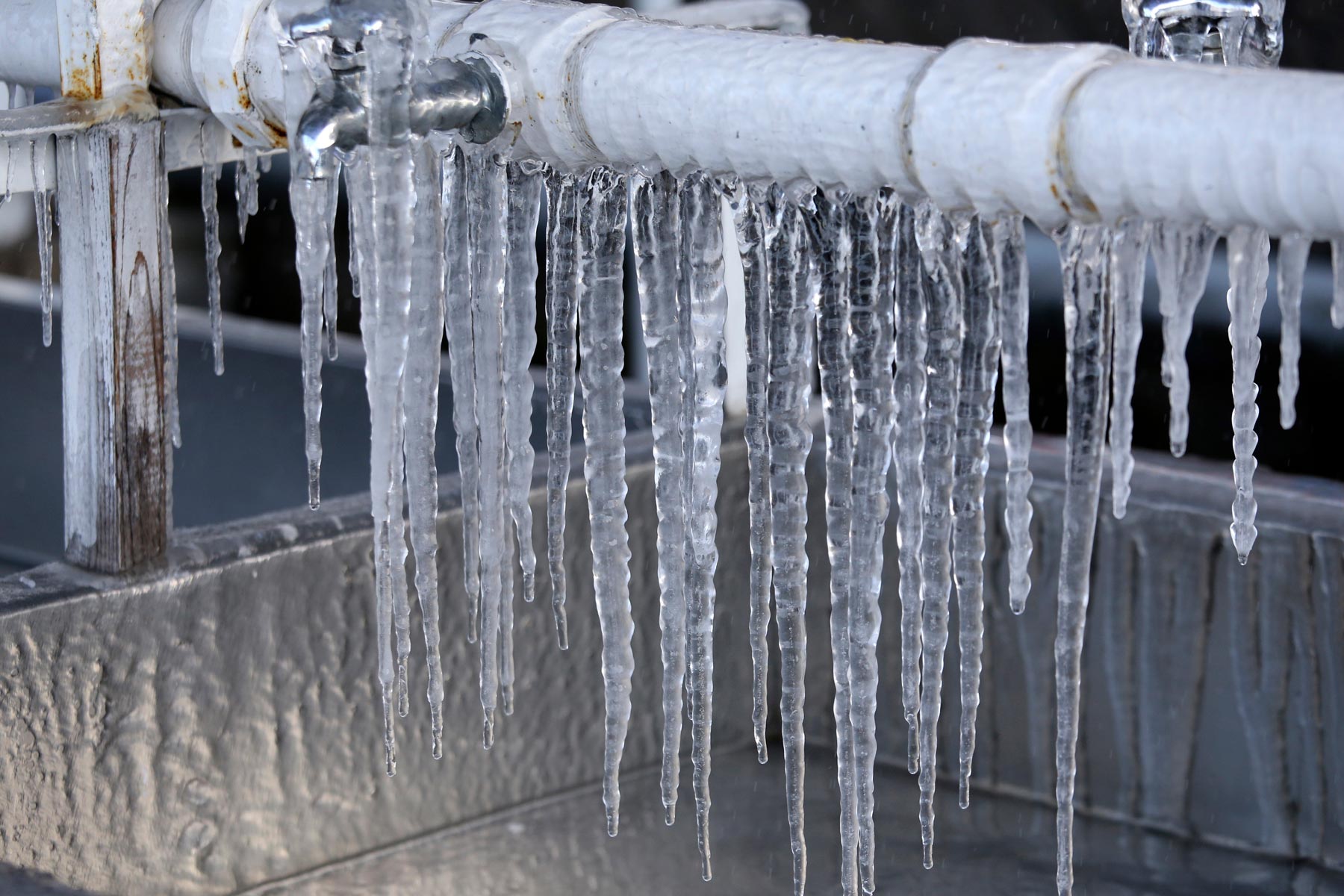Are you interested in facts about Prevent Frozen Pipes ?

Cold weather can wreak havoc on your pipes, especially by freezing pipes. Here's just how to avoid it from taking place and what to do if it does.
Introduction
As temperature levels drop, the risk of frozen pipelines rises, possibly causing pricey repairs and water damages. Comprehending how to prevent frozen pipelines is important for home owners in cold climates.
Prevention Tips
Protecting at risk pipelines
Wrap pipes in insulation sleeves or utilize warm tape to safeguard them from freezing temperatures. Concentrate on pipes in unheated or external areas of the home.
Heating strategies
Maintain interior areas adequately warmed, specifically areas with plumbing. Open up cabinet doors to enable cozy air to distribute around pipelines under sinks.
Exactly how to determine frozen pipelines
Seek lowered water flow from taps, unusual smells or noises from pipelines, and visible frost on revealed pipes.
Long-Term Solutions
Architectural modifications
Think about rerouting pipelines far from exterior wall surfaces or unheated areas. Add added insulation to attics, basements, and crawl spaces.
Upgrading insulation
Buy top quality insulation for pipelines, attics, and wall surfaces. Appropriate insulation assists maintain regular temperatures and minimizes the threat of icy pipelines.
Protecting Outside Pipes
Yard pipes and outside faucets
Separate and drain pipes yard hose pipes prior to winter season. Mount frost-proof spigots or cover outside taps with protected caps.
Recognizing Frozen Pipes
What creates pipelines to ice up?
Pipes freeze when exposed to temperature levels below 32 ° F (0 ° C) for expanded periods. As water inside the pipelines freezes, it broadens, taxing the pipeline walls and potentially creating them to burst.
Risks and damages
Icy pipes can result in water supply interruptions, residential property damage, and expensive fixings. Ruptured pipes can flood homes and create substantial architectural damages.
Indicators of Frozen Pipes
Determining icy pipes early can avoid them from rupturing.
What to Do If Your Pipes Freeze
Immediate actions to take
If you think icy pipes, keep taps available to soothe pressure as the ice melts. Use a hairdryer or towels taken in warm water to thaw pipelines slowly.
Final thought
Avoiding icy pipelines requires proactive procedures and quick reactions. By comprehending the reasons, signs, and safety nets, home owners can safeguard their pipes during cold weather.
5 Ways to Prevent Frozen Pipes
Drain Outdoor Faucets and Disconnect Hoses
First, close the shut-off valve that controls the flow of water in the pipe to your outdoor faucet. Then, head outside to disconnect and drain your hose and open the outdoor faucet to allow the water to completely drain out of the line. Turn off the faucet when done. Finally, head back to the shut-off valve and drain the remaining water inside the pipe into a bucket or container. Additionally, if you have a home irrigation system, you should consider hiring an expert to clear the system of water each year.
Insulate Pipes
One of the best and most cost-effective methods for preventing frozen water pipes is to wrap your pipes with insulation. This is especially important for areas in your home that aren’t exposed to heat, such as an attic. We suggest using foam sleeves, which can typically be found at your local hardware store.
Keep Heat Running at 65
Your pipes are located inside your walls, and the temperature there is much colder than the rest of the house. To prevent your pipes from freezing, The Insurance Information Institute suggests that you keep your home heated to at least 65 degrees, even when traveling. You may want to invest in smart devices that can keep an eye on the temperature in your home while you’re away.
Leave Water Dripping
Moving water — even a small trickle — can prevent ice from forming inside your pipes. When freezing temps are imminent, start a drip of water from all faucets that serve exposed pipes. Leaving a few faucets running will also help relieve pressure inside the pipes and help prevent a rupture if the water inside freezes.
Open Cupboard Doors
Warm your kitchen and bathroom pipes by opening cupboards and vanities. You should also leave your interior doors ajar to help warm air circulate evenly throughout your home.

I was introduced to that report about Helpful Tips to Prevent Frozen Pipes this Winter through a pal on a different web property. Sharing is nice. Helping people is fun. I praise you for your time. Don't hesitate to pay a visit to our website back soon.
Schedule Service Now
Comments on “Ways to Prevent Frozen Plumbing in Winter: Pro Advice”